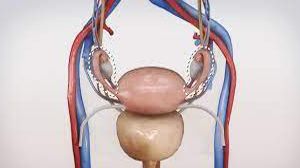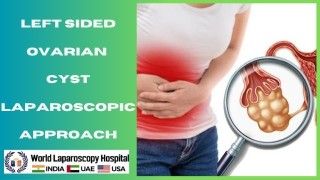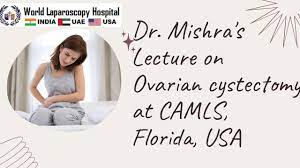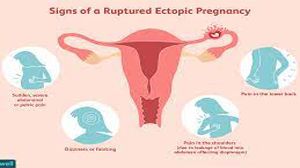Relieving Dyspareunia after C-Section: Laparoscopic Surgery for Adhesions
Add to
Share
812 views
Report
1 year ago
Description
Dyspareunia, or pain during sexual intercourse, can be a common problem for women following a caesarean section. One of the main causes of dyspareunia after a c-section is the formation of adhesions, which are bands of scar tissue that can form between the abdominal wall, uterus, and other organs. These adhesions can cause pain and discomfort during sexual activity, as well as other physical activities. Laparoscopic surgery is a minimally invasive surgical technique that can be used to treat adhesions following a c-section, with the goal of relieving dyspareunia and other symptoms. During the procedure, a laparoscope (a thin, lighted tube with a camera) is inserted through small incisions in the abdomen. This allows the surgeon to view the adhesions and use specialized instruments to remove them, without the need for a large incision. Laparoscopic surgery for adhesions following a c-section offers many benefits over traditional open surgery. The small incisions used in laparoscopic surgery result in less pain, a shorter hospital stay, and faster recovery time for patients. Additionally, the use of a laparoscope provides greater visibility and precision during the procedure, which reduces the risk of damage to surrounding tissues and organs. Patients who undergo laparoscopic surgery for dyspareunia following a c-section can expect significant relief from pain and discomfort during sexual activity, as well as other physical activities. However, it is important to note that while laparoscopic surgery is a safe and effective treatment option, it is not appropriate for everyone. Patients with certain medical conditions or complications may not be eligible for the procedure. In conclusion, laparoscopic surgery is a minimally invasive surgical technique that can be used to treat adhesions following a c-section, with the goal of relieving dyspareunia and other symptoms. The procedure offers many benefits over traditional open surgery, including less pain, a shorter hospital stay, and faster recovery time for patients. Women who are experiencing pain and discomfort during sexual activity following a c-section should consult with their doctor to determine if laparoscopic surgery is an appropriate treatment option for their specific medical condition. Adhesions can be a common complication following a c-section, with up to 93% of women developing adhesions after the surgery. Adhesions can cause a range of symptoms, including chronic pelvic pain, bowel obstruction, and infertility. In cases where adhesions are causing dyspareunia, laparoscopic surgery can be an effective treatment option. Laparoscopic surgery for adhesions following a c-section typically takes between 30 minutes to an hour to complete, and is performed under general anesthesia. During the procedure, the laparoscope is inserted through a small incision in the belly button, and additional small incisions are made in the lower abdomen. The surgeon then uses specialized instruments to remove the adhesions, which are usually located between the uterus and the abdominal wall. Once the adhesions have been removed, the incisions are closed with sutures or surgical glue. After the surgery, patients can expect to experience some mild discomfort and abdominal bloating, which can usually be managed with over-the-counter pain medication. Most patients are able to return to their normal activities within a few days, and can resume sexual activity within 4 to 6 weeks. Laparoscopic surgery for adhesions following a c-section is a safe and effective treatment option, with a high success rate in relieving dyspareunia and other symptoms caused by adhesions. Patients who are considering the procedure should consult with their doctor to determine if they are a good candidate, and to discuss the risks and benefits of the surgery. With advances in laparoscopic surgical techniques, women who are experiencing pain and discomfort following a c-section now have a minimally invasive treatment option that can significantly improve their quality of life.
Similar Videos






